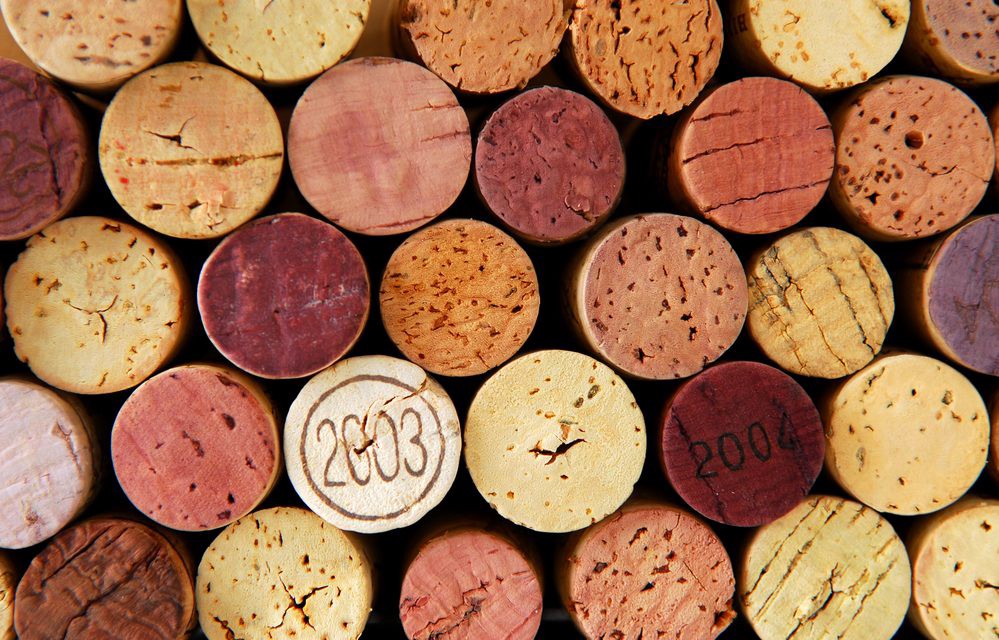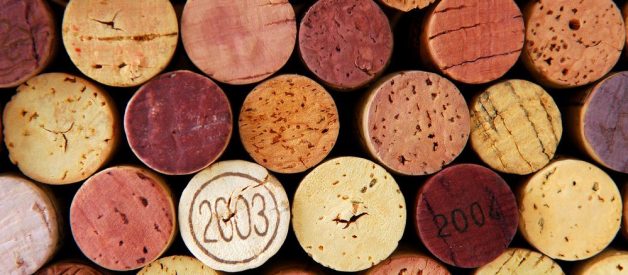
Did you know the people of this world create 1.3 billion TONS of garbage each year? That?s the equivalent of over 3,000 Empire State Buildings! And guess who leads the pack? The United States. Experts say we?re at a crisis level in waste generation and the environmental, health, safety, social, and financial ramifications are huge. Clearly, the first thing we need to do is create less waste. We should live more by the philosophy of Boyd Packer ? ?Use it up, wear it out, make it do, or do without.? The second part of the solution is to change our perspective. Maybe trash isn?t really garbage?
David Steiner, chief executive officer of Waste Management Inc. (WM), reported in the preamble to the company?s 2010 sustainability report: ?Today, we?re reinventing our business model and reconsidering the nature of waste itself. They say that one man?s trash is another?s treasure. At Waste Management, this is literally true. An estimated $8 billion to $10 billion in value may reside in the waste we manage each year in North America. Waste is no longer something to get rid of ? it?s a resource.?
And it most certainly is. Here?s proof:
11 ECO-FRIENDLY HOUSE BUILDING MATERIALS BASED ON WASTE.
#1 RECYCLED CORK PANELS AND FLOORING
Ever think about how many wine corks we go through, and whether there?s a better place for them than the landfill? Guess what? There is. Companies like Jelinek Cork Group are taking your old wine stoppers (natural cork only, though) and making them into all sorts of products. Cork ReHarvest is a program that takes post-consumer corks from tons of different drop-off locations and distributes them to companies like Jelinek. Check out their gorgeous mosaic cork flooring or their acoustical wall and ceiling panels. Now wine lovers everywhere can put their old corks to use!
#2 NEWSPAPERWOOD
You might already recycle your newspaper, but instead of it being ground into paper for a second go around, it could be made into ?wood.? Now, that might sound backward ? paper turning back into wood and not the other way around. But really, it brings the paper and wood process full circle and makes complete sense. The Dutch designers/founders of NewspaperWood found that compressing newspaper and glue into many thin layers creates a wood grain texture that works for various home applications. They work by request only, but you?ll want to check them out.
#3 BARK SIDING
The company BarkClad stands out from the rest by repurposing tree bark as natural bark siding. They work with loggers in the furniture and plywood industries so that every part of the tree gets used. They?ll never cut down a tree for siding, instead using trees that are already being cut for other things. BarkClad has both engineered and natural wood siding, both of which provide a funky, rustic look to interiors and exteriors.
#4 RECYCLED GLASS TILE
Local, recycled, and VOC-free finishes? Yep, Fireclay Tile can give you the most beautiful glass tile that?ll go perfectly in your kitchen or bathroom (or anywhere, really!), while keeping sustainability in mind the whole time. They hand make their glass tiles in California out of 100% locally recycled glass, mainly from the window and solar industry. Many of their color options are reminiscent of sea glass and are created from a VOC-free pigmenting process. Old windows and solar industry waste never looked so good!
#5 ASHCRETE
Take the ash byproduct from coal combustion and mix it with cement, and you?ve got ?AshCrete.? Using coal fly ash as a partial substitute for Portland cement saves on cement resources, and reduces the amount of fly ash going to the landfill. Separation Technologies LLC says that their ProAsh product is the ?backbone of green building? that?ll provide a stronger, more durable concrete ?it can also earn you LEED credits.
Concerned about the safety of using something called ?coal fly ash?? According to the NRDC, there?s no need. They say, ?The key to the safe use of coal ash is encapsulation. Encapsulation is the technology that is used at EPA-regulated hazardous waste landfills to make sure that if the toxic waste gets wet, which it does, it is bound at the molecular level into an insoluble compound that will not allow the toxics elements to leach to contaminate underground water sources or surface waters. This is the same technology used in encapsulating fly ash and FGD sludge in concrete and wallboard. Even if coal ash used in construction is demolished, it still will not leach toxics, because even if pulverized, it is not broken down below the molecular level.?
#6 RECYCLED STEEL
Did you know that all steel made in North America contains at least 28% recycled content? You can build with steel that contains a much higher percentage than that, though, and it?ll all be 100% recyclable at the end of its life (a feat which most building materials can?t match). What?s even better is that steel is pest-resistant and is devoid of toxic chemicals-two things that treated wood building materials can?t necessarily beat! Look for steel prefab homes from companies like EcoSteel, or use recycled steel as framing, roofing, or as a structural element for your sustainable home.
#7 RECYCLED PLASTIC BUILDING BLOCKS
Now here?s an innovative solution ? Take all of the plastic that we?ve let clog our oceans, parks, and communities, and compress it into building blocks. ByFusion is developing a new building material called RePlast to help clean up our plastic-filled world and produce a cheap modular technology that can be used for all kinds of building projects. They use a carbon-neutral, non-toxic manufacturing process to make the modules ? they?re said to be 95% lower in greenhouse gas emissions compared to concrete blocks. Pretty amazing, right?
#8 NAPPY ROOFING
Any parents out there know how many diapers get used and thrown away on a daily basis, and it?s a bit disheartening for eco-conscious moms and dads. Knowaste, however, is the first diaper recycling company that?ll turn ?nappies? and other personal hygiene products into useful plastic materials, roofing tiles being one of them. Knowaste started in North America but is operating out of the UK, where most of this groundbreaking action is happening.
#9 RECYCLED POROUS PAVEMENT
FilterPave is a pavement company that?ll take recycled glass bottles and stone aggregate to create gorgeous driveways, pathways, and sidewalks for your home. They come in various colors from jade to sapphire to Sedona to give your home?s landscape a truly unique look. Because FilterPave is about twice as porous as other pavements, it helps mitigate storm water runoff and aims to improve water quality. Sustainable by design, it?s considered a Low Impact Development strategy and can contribute to your LEED project.
#10 ENVIROBOARDS
This UK based company offers the Fireboard ? a fire resistant board made up of materials like magnesium, sawdust, and fiber cloth. These boards can replace timber products since they can be used in numerous construction projects like wall lining, internal partitions, roof lining, and underlay systems. Enviroboards? products are supposedly stronger than conventional boards and won?t warp over time due to their water/humidity resistance. Because the composite boards are manufactured through a natural drying and curing process, they don?t contribute to extra carbon emissions. Plus, they?re 100% formaldehyde, toluene and asbestos free.
#11 RECYCLED GLASS COUNTERTOPS
IceStone is one of several companies making stunning countertops out of recycled glass. The glass they use is all recycled, and it makes up about 70% of the countertops by weight. The pigments are all non-toxic and give IceStone surfaces bright and bold colors, as well as soft and elegant neutrals. If you like granite and marble countertops but aren?t a fan of the resource-heavy manufacturing process, recycled glass countertops may be the eco alternative for you! IceStone also carries the PaperStone line, which is made of 100% post-consumer recycled paper, and QuartzStone-mainly crafted with crushed waste stone.
LEARN MORE ABOUT USING RECYCLED AND RECLAIMED HOME BUILDING MATERIALS:
- Tiny Home Built With 80% Recycled Materials
- 12 Unique Houses Built from Reclaimed Materials
- 11 Clever Ways to Use Reclaimed Materials in Your Home


